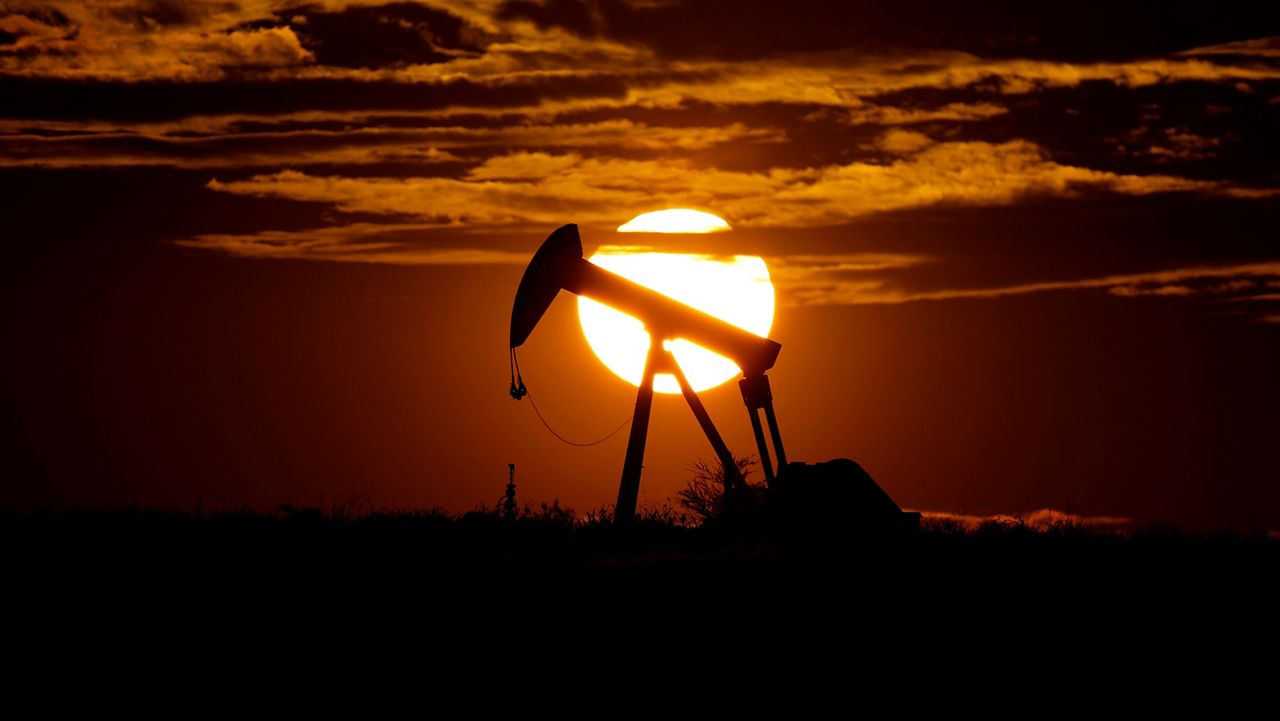The Organization of the Petroleum Exporting Countries and its allied producers announced Thursday that it will increase its production by 200,000 barrels per day in July and August, a move that could help address soaring energy prices and potentially ease inflation.
OPEC+ said it will begin producing 648,000 barrels per day as it moves away from the production cuts from 2020 amid the COVID-19 pandemic.
"We welcome the important decision from OPEC+ today to increase supply in July and August based on new market conditions," White House press secretary Karine Jean-Pierre said in a Twitter post Thursday. "This announcement brings forward the monthly production increase that was previously planned to take place in September."
"We recognize the role of Saudi Arabia as the chair of OPEC+ and its largest producer in achieving this consensus amongst the group members," she continued. "We also recognize efforts and positive contributions of UAE, Kuwait, and Iraq."
"The United States will continue to use all tools at our disposal to address energy price pressures," Jean-Pierre added.
Biden administration officials have recently visited Saudi Arabia for talks on energy supplies and regional security issues.
OPEC, whose de facto leader is Saudi Arabia, had previously resisted pleas from the White House to increase oil supply to make up for production lost due to sanctions against Russia after its invasion of Ukraine.
That, along with a European Union agreement to end most oil imports from Russia, has pushed prices higher. Gasoline and diesel prices have also been rising due to a lack of refining capacity to turn crude into motor fuel.
In the U.S., crude prices are up 54% since the beginning of the year and gasoline prices are being pulled along.
The increase did not appear to ease concerns about tight supply and oil prices actually rose after the decision was announced Thursday.
U.S. crude, which had fallen by as much as $3 per barrel early in the day, reversing course and traded up 0.9% at $116.23. International benchmark Brent rose 0.7% at $117.02. Market traders may have expected more from the meeting, such as an indication from Saudis that they could make up for any shortfall due to sanctions against Russia.
The U.S. saw a record high average gasoline pump price on Thursday of $4.71 per gallon, according to AAA. The price of crude makes up about half the price of gasoline at the pump in the U.S., and prices could go even higher as the summer driving season gets under way. High gas prices for drivers are a potential factor in U.S. politics with mid-term Congressional elections approaching later this year.



